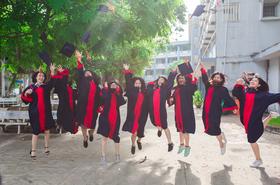How to Transfer to a Four-Year University Without Losing Credits in 2026
Knowing how to transfer to a four-year university without losing credits is one of the most important concerns for today’s college students and families. In 2026, more than one third of bachelor’s degree recipients will have attended at least two institutions. Credit loss during transfer remains common, costly, and frustrating.
Understanding how to transfer to a four-year university without losing credits can save students thousands of dollars and months, sometimes years, of additional coursework. This guide explains how to transfer to a four-year university without losing credits using current policies, updated tools, and proven strategies that work in today’s higher education landscape.
Why Credit Loss Happens During College Transfers
Before learning how to transfer to a four-year university without losing credits, it helps to understand why credits are often lost. Colleges retain authority over which courses count toward their degree programs. Even accredited courses may be accepted only as electives or not at all.
Common reasons credit loss occurs include:
Course content that does not match major requirements
Credits earned at nationally accredited rather than regionally accredited institutions
Lack of articulation agreements between institutions
Changing majors after transfer
Outdated or incomplete advising
Understanding these risks is essential when planning how to transfer to





















